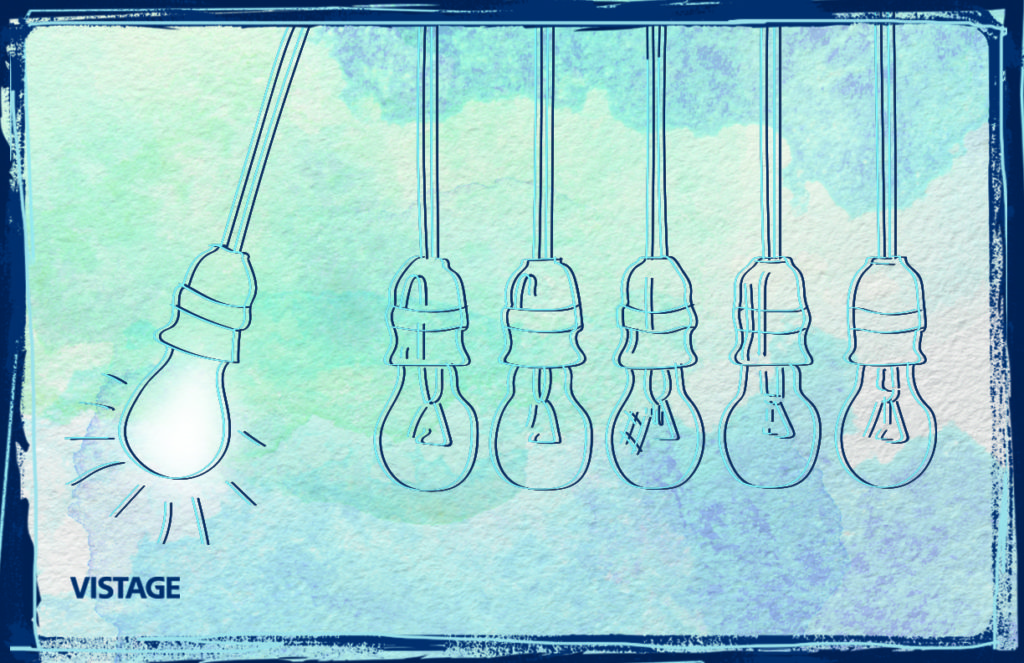A Test of Ethical Standards: 7 Questions to Close the Dilemma Gap

An ethical dilemma occurs when one is faced with choosing between two or more unsatisfactory alternatives. It is a multifaceted circumstance that involves an apparent mental conflict between moral imperatives – a moral paradox.
The gap forms when we make decisions or behave contrary to what we know or “feel” is right (specifically when situations don’t present clear-cut answers). There are great quandaries that cause well-reasoned and informed people to disagree.
- Disparate treatment
- Customary practices versus official policy
- Self-regulated accountability
How do we close the gap between actions and ethics?
 Organization Development (strategy, service, systems, people, and profit) is directly impacted by employee and leader behavior and decision-making.
Organization Development (strategy, service, systems, people, and profit) is directly impacted by employee and leader behavior and decision-making.
As leaders it is incumbent upon us to make ourselves aware of the interrelationships between organizational standards, values, and beliefs and our personal ones.
We can close any gap between organizational and personal ethical standards by pondering and answering the following 7 questions of ourselves and our institutions when making decisions:
The Ethical Test for Decision Making – Questions to Close the Dilemma Gap
- Will this action/decision violate any criminal or civil laws or does it violate workplace policy?
- Will this action/decision cause me to lie or misrepresent the facts? Will I need to withhold information?
- Will this action/decision cause me to intentionally or unintentionally harm anyone?
- Will I feel good about this action/decision? Would I be proud if my family knew of my actions?
- What regrets might this action/decision cause?
- If this action/decision was published in the media, would I change anything?
- Will this action or decision lead to disparate treatment for employees or customers? How?
Build Distinguishable Ethical Standards
You can advance an ethical culture by defining and implementing standards:
- Establish a code of ethics that all employees are expected to follow
- Ethically sound judgment – solicit various perspectives
- Clarify certification and licensure expectations
- Establish professional boundaries
- Align practice with policy and vice versa
- Develop and follow “one” rule book
- Acknowledge and reward employees for doing the right things
- Use the ethical test questions before acting/making decisions
Category : Communication & Alignment

